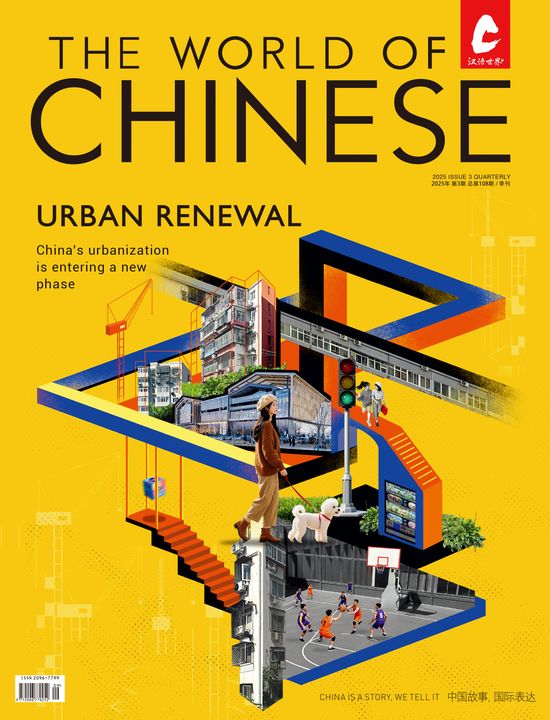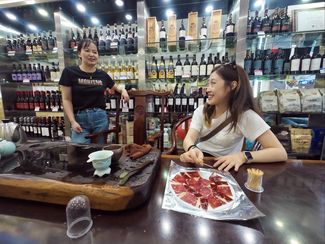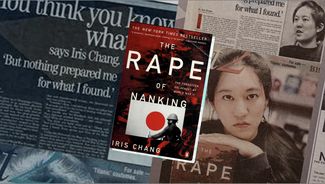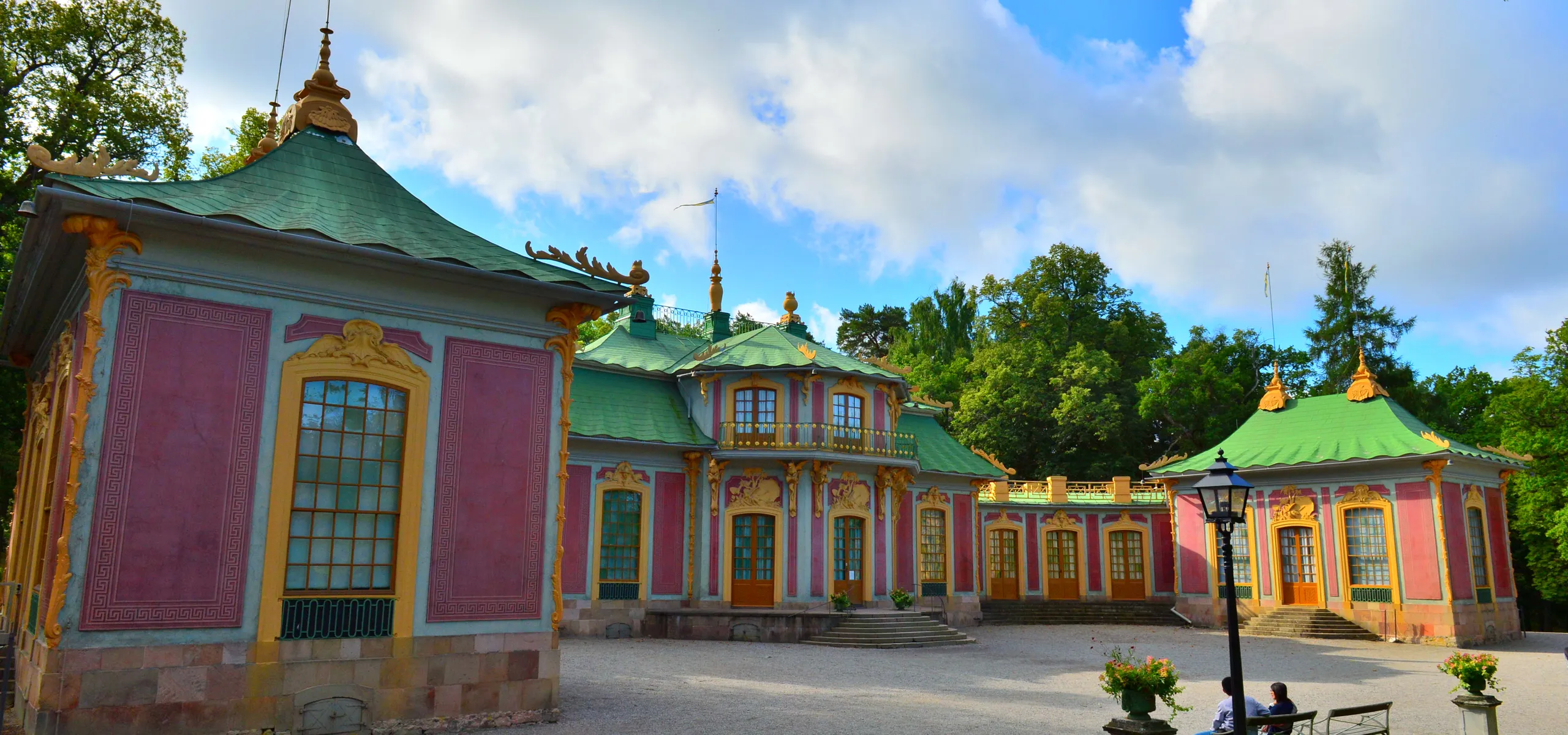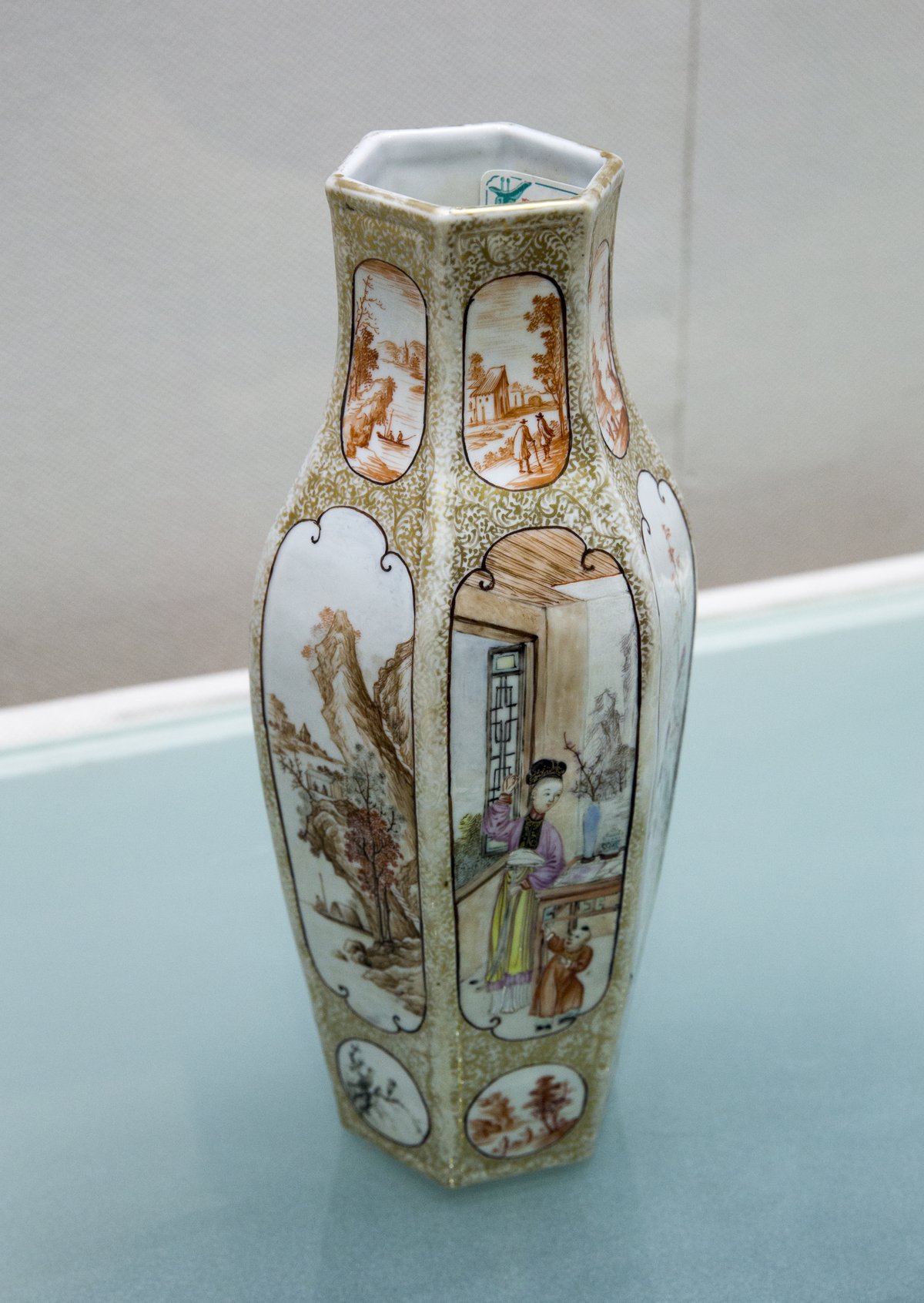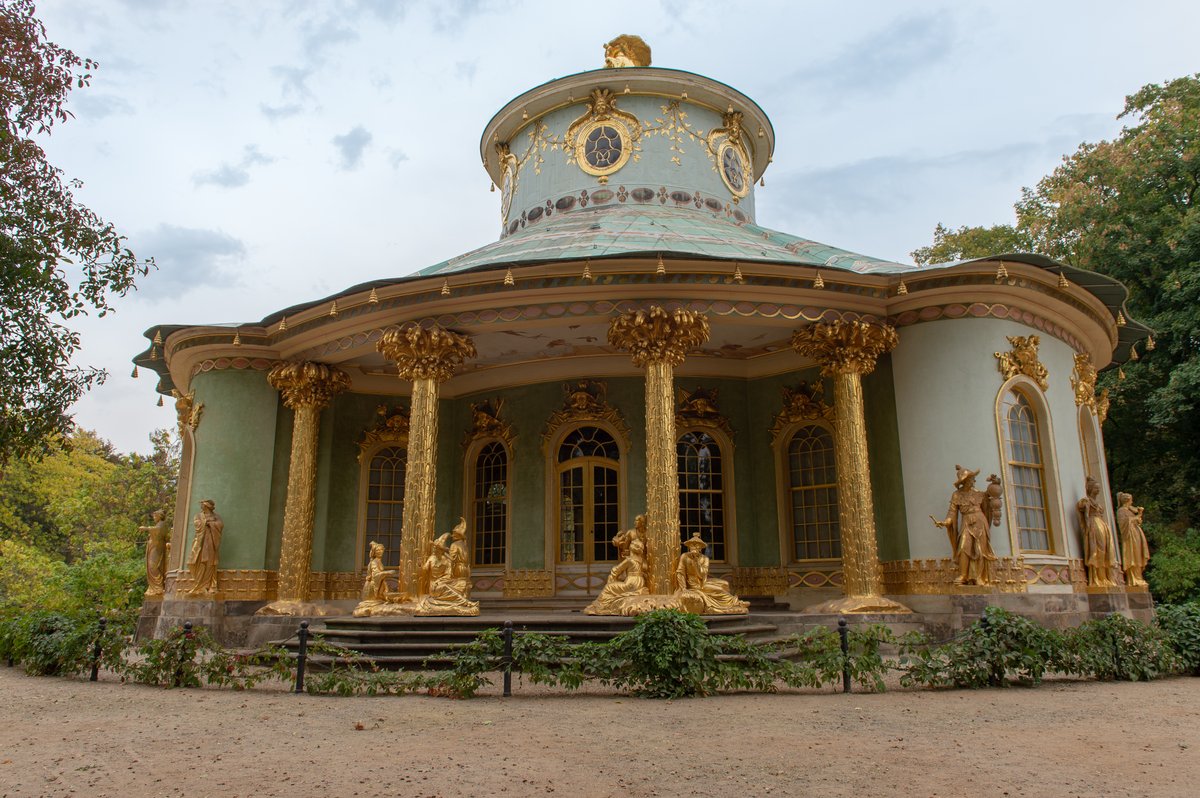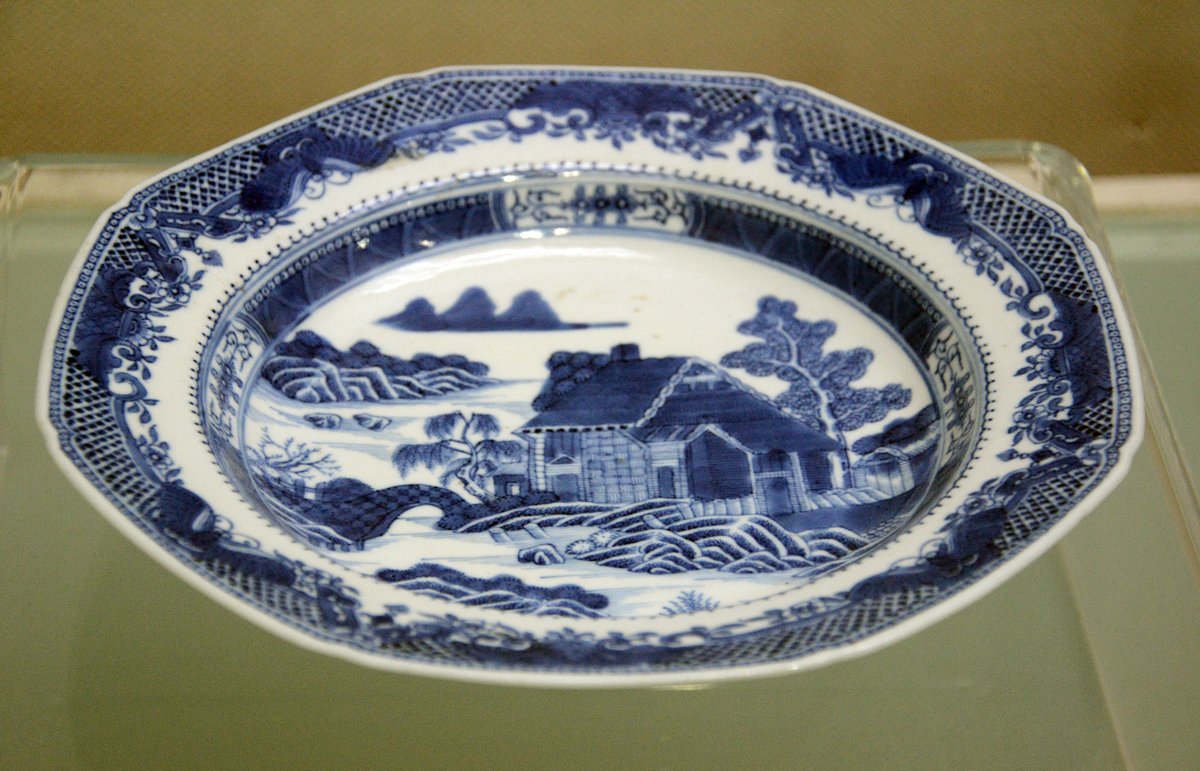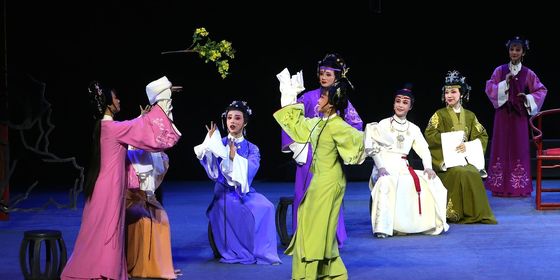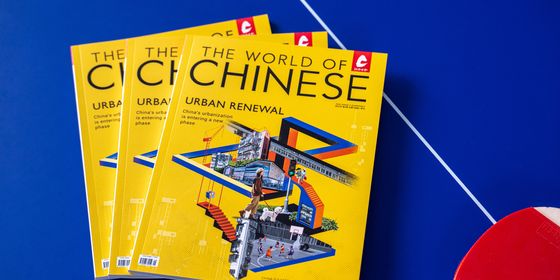Eighteenth-century Europe’s fascination with Chinese kitsch
When it comes to taking stock of an era’s bad tastes, satirists are usually right on the money. The “Continental Europe wind” (欧陆风) style that has been blowing across China’s world of design since at least the late 1990s—spawning “copycat” architecture such as Shanghai’s “Dutch Town” and countless bedrooms gilded to oblivion—has been lampooned by the hipper portions of the Chinese public as the “basic necessity of the tuhao,” the crude nouveau riche.
Jumping some centuries into the past, however, and the ill European wind starts to sound more like Europe’s revenge for having once been inflicted with what observers at the time dubbed as a mania for “splendid deformities” from China in the 18th century. An English clergyman named Joseph Warton, writing in The World journal in 1753, accused the tasteless public of “[spending] their lives and their fortunes in collecting pieces, where neither perspective, nor proportion, nor conformity to nature, are thought of or observed.”
Eighteenth-century English writer Charles Lamb also poked fun at the China-inspired kitsch—including literal china—from his childhood, on which landscapes were drawn as a confused potpourri of “horses, trees, pagodas.” Other satirists of the period asked, one day soon, would England’s country dairies and churches also come bedecked with dragons, bells, and oriental roofs?
Called “chinoiserie” (literally “China stuff” in French) by art historians and “China wind” (中国风) in Chinese, the mania for Chinese motifs was a movement in the consumer culture of mid-to-late 18th century Europe. Tantalized by earlier, semi-mythicized snippets of China from the tales of travelers such as Marco Polo, Europeans’ taste for the exotic found fulfillment in this period through increased contact with the Qing Empire through court envoys, such as the Jesuits, and merchants trading in ports such as Canton and Portuguese-controlled Macao. These voyagers brought back stories and sketches of peoples, buildings, and landscapes that made up the basic blueprint of how Europe imagined the East.
Meanwhile, the goods they traded became all the rage: fine teas, delicate porcelains, and luxurious silks, admired for their intricate quality as much as the mystery behind their making.
By the middle of the 18th century, it had become vogue for aristocratic homes across Europe to have a whole room outfitted in “the Chinese style.” They varied a little regionally. Italian nobles, for instance, seemed to prefer Chinese-ifying their salons with hanging silks and lacquered wall panels depicting flowers and birds. The chinoiserie of the French and Germans, on the other hand, was known for lacquered furniture pieces illustrated with people and scenes from the East in a rainbow of color and sumptuous, romantic detail. The Germans also had a brief affair with Chinese architectural styles, building Chinese pavilions with curved roofs and fairy tale statues in their palaces and private gardens. This was a mania they shared with the English, who had the most systematic treatment of chinoiserie of all.
The Kew Gardens on the outskirts of London and the Chinese Room at Claydon House, an 18th-century manor house in Buckinghamshire, remain the two best-surviving examples of English chinoiserie in (respectively) the outdoor and indoor settings. The Kew Garden’s House of Confucius and famous pagoda represented its architect, William Chambers, and English society’s idealized views of Chinese gardening principles. Seen as a deeply philosophical art, practiced by gardeners who are “also painters and philosophers, having a thorough knowledge of the human mind, and of the arts by which its strongest feelings are excited,” Chambers wrote of Chinese gardening as a means to incite creativity and liberate the imagination of the gardener from the stifling symmetry demanded by English landscaping.
Despite the myth that the Kew Gardens pagoda was a copy of Nanjing’s Great Pagoda, Chambers’s designs were not based on an existing Chinese object; nonetheless, having been to Canton, his renditions were more accurate than the work of most of his contemporaries, who created entirely from stereotype and imagination. Claydon House’s designers were of the latter type: the Chinese room is decorated by an almost overabundance of scrolls, “oriental” faces, gilt phoenixes, china vessels hanging where no vessels have gone before (such as above the doorway), and finally a latticework wall pattern of a gleaming white finish certainly found nowhere in China itself.
These elements added atmosphere to rooms that were solely used for enjoying afternoon tea, which had cemented itself as a custom among British society during this same period as a result of the same increase in overseas trade. Tea was also the product almost solely responsible for the rapid commercialization of chinoiserie in Britain in this period, whereas originally they had been foreign curios and imports for the collector’s market. It started with a demand for tea tables and china, all of which had to have Chinese motifs to reflect the exotic origin of this stylish activity. It then spun off into cabinetry, wallpaper, salon furniture, and what historian Susan Horton calls a vision of a land that was “teeming with raw materials waiting to be turned into cash.”
China itself—what it looked like, the kind of art it was creating in this period—necessarily faded into the background of this movement. The history and people of this vast empire functioned as a mere object, a remote ideal through which European societies articulated their experience of their newfound wealth and cosmopolitanism.
Far from approximating staid Confucian architecture, or the wraithlike, subdued ink portraits of Qing China, the scenes and motifs of chinoiserie resembled Lewis Carroll’s world in the looking glass more than anything else: as per Lamb’s recollections, it was a world populated by jolly mandarins in peaked hats, the “merry little Chinese waiter holding an umbrella,” people who floated in mid-air and tumbled and made exaggerated gestures in their poufy gowns. Ironically, these illustrations, and the gilt phoenix heads and scrolls beloved by orientalists, are now marketed by decorators in China as quintessential European motifs of the Rococo period, an art movement that took place around the same time with a similar storybook style.
This is not to say that China didn’t make hay out of the chinoiserie fascination. It got rich off of porcelain and tea exports. Additionally, the objects for the most part took place abroad—actually starting the careers of many big names in European design, such as Thomas Chippendale with his lattice cabinets and Josiah Spode’s blue-and-white willow pattern plates—there was also a flourishing market in Chinese ports for craftsmen making chinaware designs for Western tastes, though their actual opinion on such tastes may be lost to history.
Moreover, as historian David Porter has noted, the period of this “China craze” was a relatively egalitarian and peaceful moment in the turbulent history of early modern exploration and cultural exchange. There was an air of mythology but also genuine curiosity and desire to incorporate what were believed to be the best parts of another culture. As the cult of chinoiserie waned in the following century, to be replaced by other stereotypes of Chinese art objects as cheap, morally degenerate, and responsible for trade imbalances, relations with China also entered the age of colonization, opium, and war.
Chinoiserie Chic is a story from our issue, “Taobao Town.” To read the entire issue, become a subscriber and receive the full magazine.
